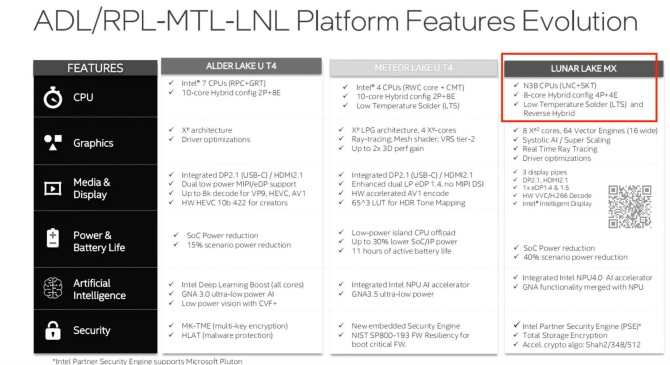The mobile chips, which will be the second CPU tiles created by TSMC for Intel, are not expected to be released until 2026.
A few months back, Intel announced that it will be utilising TSMC to manufacture CPU tiles for its next-generation Lunar Lake mobile platform. This piece of information was a minor bombshell for the semiconductor industry. There is a fresh story coming out of Taiwan that suggests Intel will continue with that plan with Nova Lake, which will be the successor to Lunar Lake, sometime around the year 2026. The fabrication technology for Nova Lake will be TSMC’s 2nm.
According to Taiwan Economic Daily, which is the source of this new information, Apple and Intel have already reserved some capacity from TSMC for the 2nm process. We already know that Apple would be the first firm in line for whatever TSMC is producing, but the fact that Intel has reportedly already signed up is a significant piece of information. According to the claim, which was obtained from Wccftech, TSMC will begin manufacture of 2nm chips in 2025 for Apple’s iPhone 17 Pro. Intel, on the other hand, will begin production of 2nm chips in 2026 for the CPU tile that will be located on Nova Lake. In December, HWINFO informed us that support for its embedded GPU was already planned, which was the first time we heard about Nova Lake till now.

Because Intel has not yet released its official roadmap, there is not a lot of information available on Nova Lake. It is common knowledge that Intel is attempting to compete with Apple (and Qualcomm) in terms of efficiency and artificial intelligence power with its forthcoming mobile designs. On the other hand, it appears that a two-track architecture roadmap is beginning to take shape, with desktop and high-end mobile SKUs utilising Intel’s foundry and its low-power mobile designs constructed around TSMC CPU tiles. As an illustration, the forthcoming Arrow Lake desktop processors will utilise Intel 20A, whilst the next-generation Lunar Lake mobile chips are rumoured to utilise TSMC 3nm.
It is becoming increasingly apparent that Intel’s strategy is to implement Lunar Lake on TSMC 3nm and Nova Lake on TSMC 2nm. Why would Intel use its IDM 2.0 method for next mobile designs when it will presumably have a smaller process, such as Intel 18A? This is a question that is difficult to comprehend, given that the entire IDM 2.0 strategy was designed to outperform TSMC in the race to the nanoscale. Intel believes that it is a superior solution for low-power designs, which range from 8W to 30W, and this appears to be the only answer. Because of the increased freedom that the corporation possesses with regard to its desktop chips, it is able to utilise its own processes, such as Intel 18A and whatever follows that.
In spite of the fact that Intel has not yet authorised the use of TSMC for any of its next central processing unit tiles, we are eagerly anticipating the opportunity to learn the rationale behind this choice. Since it has never outsourced the production of its core business, which is x86 central processing units (CPUs), we are currently waiting to see if this will become a reality. This year, it is anticipated that Lunar Lake will take the position of Meteor Lake; thus, we will find out as soon as possible.

